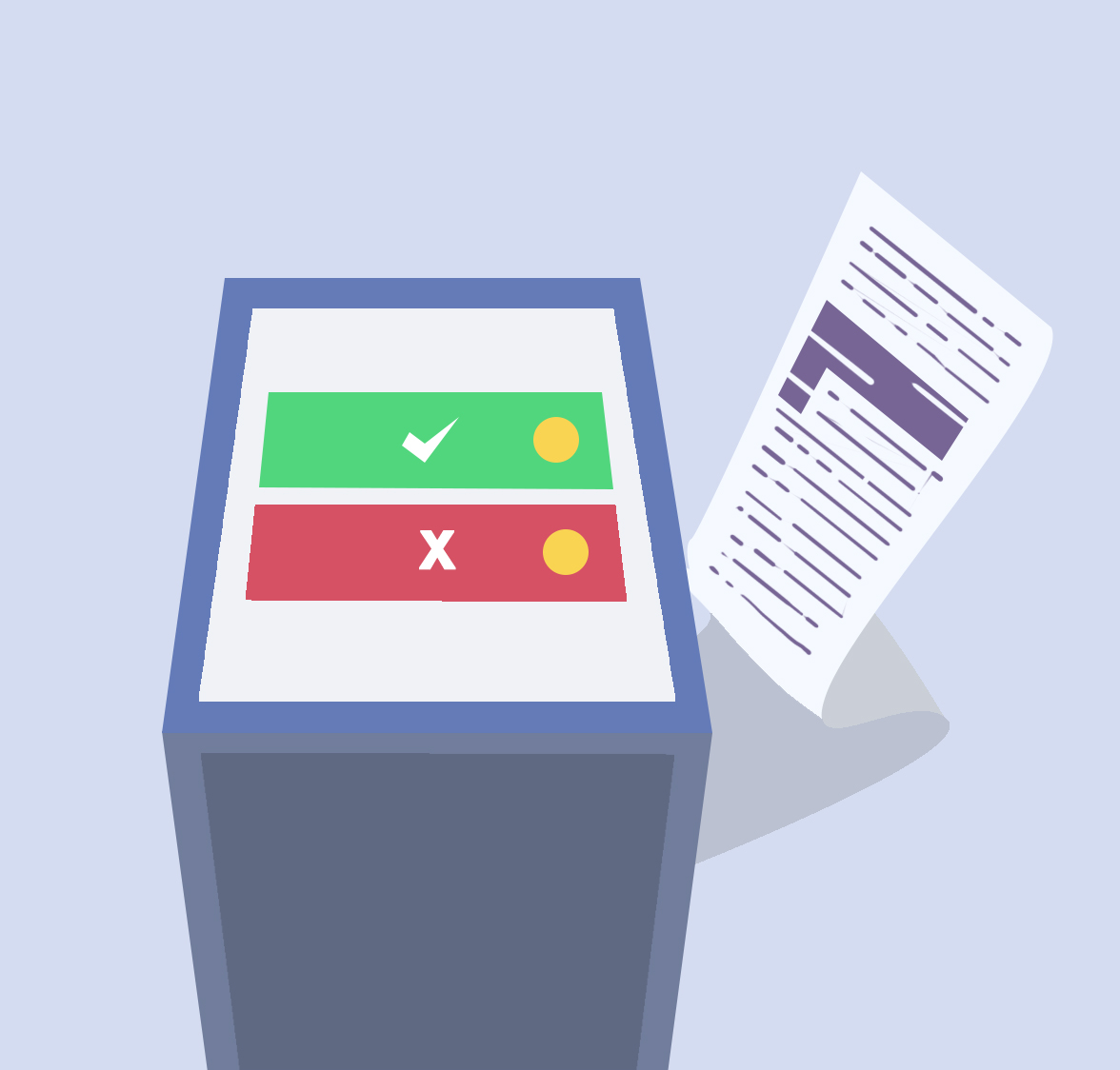‘Apathy to the political process’

Engagement in student government elections fluctates at universities throughout the province
Apathy seems to be a common trend recently at Ontario universities during student government election season.
With the majority of Ontario universities having just finished their elections for their respective students’ unions and societies, voter turnout differs substantially between institutions.
“It could be apathy to the political process itself,” said Matt McLean, chair of the Wilfrid Laurier University Students’ Union board of directors. “Apathy usually comes from misinformation and disengagement, so we find those that are apathetic are the ones that are not trying to find the information.”
This trend is not isolated to Laurier, where the 2015 election saw a voter turnout of 24.2 per cent. Various Ontario universities have seen small voter turnouts at their schools for student governments. In 2014, Ryerson University had a five per cent voter turnout for their 31,000 undergraduate students.
Queen’s University — who holds a fall referendum, a winter referendum and elections — had 34.6 per cent at their winter elections.
The McMaster University Students’ Union brought in the highest voter turnout of all universities in Ontario. With an undergraduate population of approximately 21,000, 42.2 per cent cast their ballots this year, an increase from 40.5 per cent in 2014.
“I think at Mac we have a very impressive amount of interest in our student government,” said Saad Syed, chief returning officer for the McMaster Students’ Union. “Over the past couple of years, I’ve seen a large amount of interest in what our student government does.”
Syed said he believes the student engagement at McMaster is so high because students can see tangible changes in what the Union implements. McMaster recently got a reading week that was brought forward by an earlier president, and changes to their health plan were passed in a referendum question this election.
“I think that students at Mac are fairly well engaged in terms of what their student government can do for them and where their input can be put in,” he said. “And they’re fairly well engaged in terms of getting involved, as well.”
McLean said the Laurier Students’ Union is using McMaster as a case study to see what can be done to increase voter turnout and engagement.
Chris Casher, chief electoral officer of Queen’s Alma Mater Society, said Queen’s, despite being large geographically, has a small community so information is spread easily through associations.
As a way to combat lower turnouts, all three schools’ student societies began using online voting systems within the last five to eight years, which can be accessed with their respective school login information.
Casher, McLean and Syed agreed that moving online was beneficial to their voter turnouts. McMaster has seen a steady increase while Queen’s has hovered around the 35 per cent mark.
“I think if you look at the turnout trends and the comparison, it’s a hugely beneficial aspect,” Syed said.
“Just the convenience of it is a huge aspect. And it reaches all students equally, not just those on campus,” echoed Casher.
However Laurier has seen a steady decline in voter turnout since the implementation of online voting. When it was implemented in 2011, the voter turnout was at 35 per cent. Howver, in the recent 2015 election, it was over 10 per cent lower.
McLean said the electronic voting system is not the reason for the decline.
“The decline in voter turnout is a trend not unique to Laurier,” McLean said. “There are different trends suggesting that people are disengaged in the electoral process, whether that it be at the university, municipal, provincial level. It’s really hard to point to what it is.”
Laurier has also seen a decrease in presidential candidates in recent years, going from five candidates in 2013 with a 29.8 per cent turnout to two candidates in 2015.
Voter turnout doesn’t seem to be connected to a lack of marketing, as Casher, McLean and Syed all said their respective students’ unions and societies use all advertising facets available.
“While our elections team does a lot to advertise the election … it’s actually the team’s campaigns that do a lot to bring awareness to elections and I think they’re a large part of voter turnout, as well,” Casher said.
He also explained during the voting period, the elections team runs incentives with student services, offering a free coffee or tea if people vote.
They also use different theme campaigns, like “my first time” to get students engaged through videos and marketing resources.
Queen’s and McMaster also advertise through their student newspapers, the Queen’s Journal and The Silhouette respectively.
Lack of political engagement across all universities seems to be a trend, with schools like the University of Waterloo with approximately 30,000 undergraduate students only getting an 11 per cent turnout at their 2014 election.
Brock University, with approximately 17,000 undergraduate students, had a 25 per cent turnout at their 2014 election despite only having one presidential candidate.
“Compared to schools with a similar size, engagement is quite good [at Laurier], but we would like to see the number go higher,” McLean explained. “But then it’s a question of whether you want more students to vote or do you want more informed voters. And I feel here at Laurier at lot of our voters are very engaged in the process and are informed of who they are voting for.”


